Who is responsible for Aftercare?
BTRC’s objective is to work with the racing industry and promote the establishment of a structured Aftercare sector.
The Charity believes that caring for Thoroughbreds that are bred, trained and raced is a cooperative social responsibility for the racing industry and for this reason BTRC is of the opinion that no one group is responsible for the well-being of racehorses upon retirement, this is a common held by many in the racing industry. The Charity instead acknowledges that a united industry approach in communication, engagement, education and funding is required. BTRC therefore actively engages with many different sectors, groups and organisation within the industry.
If the success of Aftercare requires an united industry approach then what can each stakeholders contribute
1. Breeders – the avoidance of over breeding or breeding of poor quality, low value horses that may struggle to have a career on track is essential. One in three Thoroughbred foals bred do not enter racing. Further research is required to understand the limiting factors that cause these horses not to begin a career in the sport they were bred for.
2. In Training – when a horse is racing Trainers and Owners must not fall into the “one more race” syndrome. Retiring a horse at the right time can make the difference between having a second career in equestrian or not. Research shows the importance of knowing when to call it a day in order to leave the horse in a physical condition that will permit the retrainer to have a successful outcome. Dr. Christopher Riggs (HKJC) discusses this point in more detail supported by his research as part of the IFAR Conference 2021 – please see below video, Chris’s presentation starts at 40mins and 20secs.
3. Retirement – On retirement the most common choices for a horse are:
• Equestrian – ownership transferred to private owners or commercial retrainers
• Breeding
• Paddock Retirement (At home or paid retirement livery at a commercial yard)
• Humanely euthanised
The Trainer and Racing vets can make a huge difference when it comes to encouraging owners to make the right decision for their horse upon retirement. This decision may be a difficult one. Too many unsuitable horse are passed into equestrian, these horses have low commercial value and are most likely to become vulnerable animals instead of having a happy retirement – their future is insecure. Often these low value animals that may have lameness or behaviour issues are passed around many homes in a short space of time and live a life of uncertainty and often in pain. On occasions it may not be what the owner wants to hear, or indeed the advice the Trainers wishes to give, but Trainers have responsibility to direct the owners to make the right decision for their particular horses best interest. If that is for their horse to be put to sleep on welfare grounds then it is a reality that has to be faced. A horse being peacefully put to sleep in familiar surroundings by the team that they know and that has cared and loved them is by far not the worst fate possible.
On a more positive note as we have mentioned most Trainers/Owners find their horses suitable post racing homes and several Trainers feature where their horses have gone on to on their social media channels/websites and give updates of their former campaigners enjoying a wonderful retirement.
4. Commercial and Private Retrainers – The UK has many fantastic and talented retrainers (both commercial and private) and many Trainers have worked closely with those retrainers and the success stories mentioned above are directly down to the quality of retraining these dedicated individuals provide.
5. Retraining of Racehorses – RoR has an important role within Aftercare as the Charity actively promotes and increases the demand for Thoroughbreds. Over the past 10 years RoR have excelled at organising and delivering shows and competitions for retired racehorses to compete, these have been tremendously successful and give an outlet for the owners to enjoy competing on an equal field with other retired racehorses. Furthermore, RoR offer opportunities to improve through clinics and each region in the UK have their own representative and hold local events. RoR also have a ‘Vulnerable Horse Scheme’ and ‘Emergency Relief for Thoroughbreds’. For more information on the RoR please follow the link – https://www.ror.org.uk/
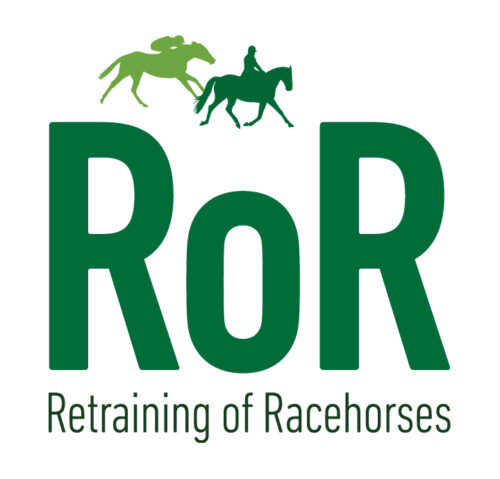
6. Charitable Centres – for racehorses who for whatever reason are found struggling upon retirement there are several charitable retraining centres such as:
Two of these Centres also used their retired racehorses horses (if suitable) temperament to help the community:
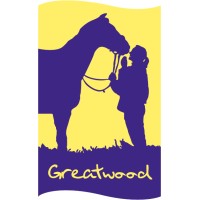
Greatwood: The first charity to use former racehorses to educate disadvantaged children and young adults with Special Educational Needs (SEN).Changing Lives and Creating Futures through Animal Assisted Intervention (AAI) educational programmes. Emotional wellbeing, mindfulness and inclusion are at the heart of all of Greatwood’s (AAI) educational programmes.

HEROS: Provides a range of education and training including alternative to school placements and offer a variety of courses from age 11 onwards. They offer placements for children who are not thriving in the mainstream school environment and are better suited to education outside the mainstream system.
Who funds Aftercare in the UK?
If ownership, responsibility and governance are unclear for retired racehorses then subsequently it is extremely difficult to determine who is obliged to fund and support the costly Aftercare programmes. Other jurisdictions have schemes such as a pension plan or structure united industry approaches to funding.
In the United Kingdom there is a considerable amount of financial support provided already, but due to the lack of strategy and clarity in this area the large charitable trusts are unsure where to invest in order to make the greatest impact.
This financial support comes from voluntary contributions from many of the Stakeholders involved in the industry however many feel that the contributions are disproportionate and an agreed funding model is required. These contributions, along with legacies and donations are then passed to the RoR to distribute. For the latest information on funding please see: Is there a Governing Body for Aftercare?
How is the BTRC funded?
From 1991 – 2001 BTRC was funded purely through public donations. After the formation of RoR, BTRC received annual quarterly funding from 2001-2015. From 2016, BTRC have not received any regular funding from RoR and have instead relied purely on public donations and other Charitable Trusts to support the work of the Centre.
Is there a Governing Body for Aftercare?
Unlike in other jurisdictions around the World, the UK does not have a governing body or a structured Aftercare sector. However, to ensure that British Racing can do all they can to improve welfare standards, they established an independently-chaired Horse Welfare Board in 2019 to produce a strategy that unites the whole industry and drives continuous improvement.

In February 2020, the Horse Welfare Board published its five-year strategic plan for the welfare of horses bred for racing. The strategy focuses on the ambition that every horse bred to race should lead – and be seen to lead – “a life well-lived”. The strategy includes traceability for horses bred for the sport, a strong focus on safety and wellbeing, a more confident and proactive approach to communications and the industry’s biggest ever data project. To view the strategy click on the image below.
Due to the current funding model lacking transparency regarding objectives and concerns of future proofing the sustainability of funding the strategy endorsed the need for an Aftercare Funding Review to be completed. In March 2021 the Aftercare Funding Review was published and the industry now eagerly awaits the recommendations to be implemented. To read the review please click the below image.
Aftercare around the World
Jurisdictions around the world are slowly embracing the idea that Aftercare of racehorses is a corporate social responsibility and the matter is on their agenda. All the major governing bodies have confirmed that they will review this Aftercare sector and increase investment and structure before 2025. In 2016, the creation of the International Forum of Aftercare For Racehorse allows a platform to share best practices and raise awareness that will benefit the Aftercare sector globally.
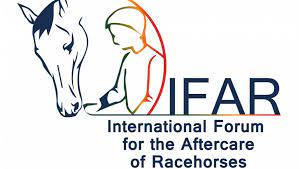
“There is now a better understanding and greater recognition that our shared responsibility for the welfare of racehorses extends beyond their career on the racetrack. With awareness of the versatility of former racehorses increasing and more success stories being promoted, the time is right to pool learnings from around the world so that best practice and standards can be applied internationally”. – Jamie Stier, Chairman, IFHA Welfare Committee and Executive General Manager, Integrity Services, Racing Victoria.
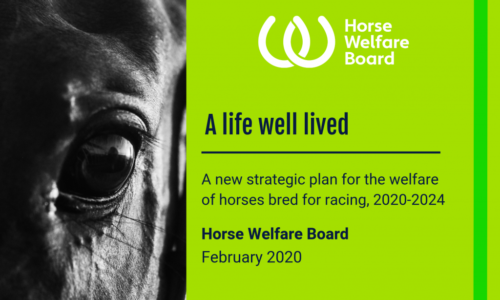
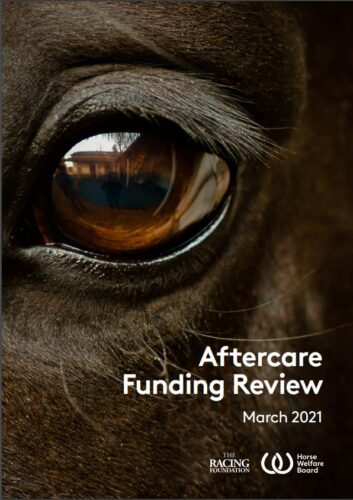


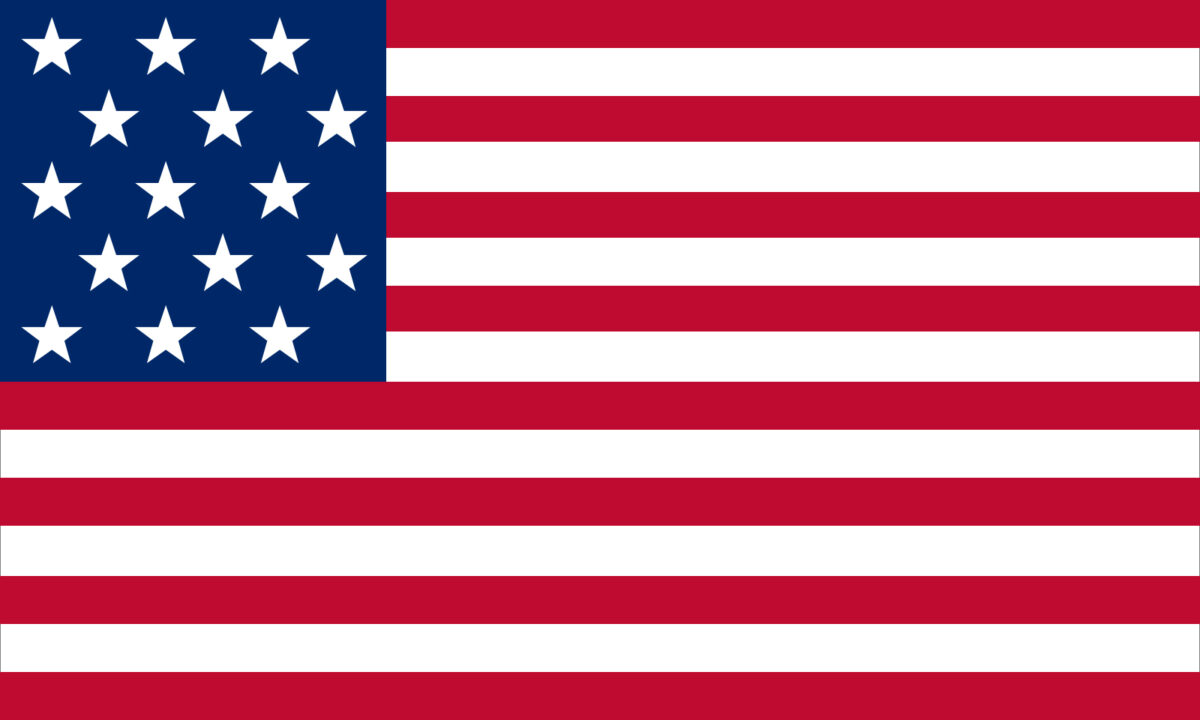
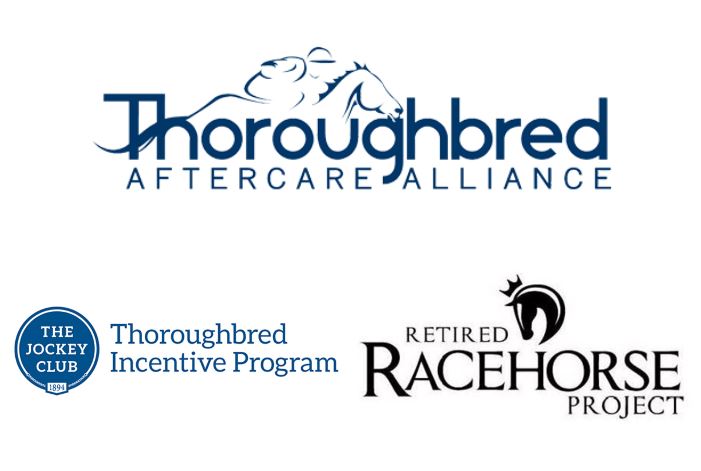

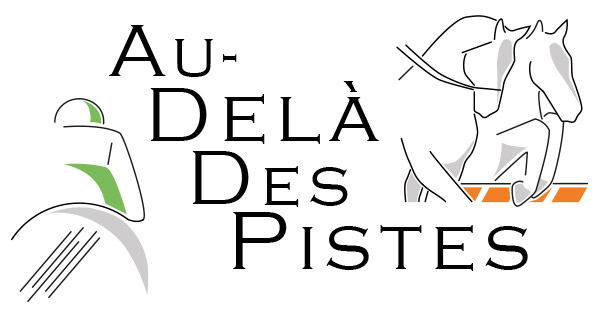






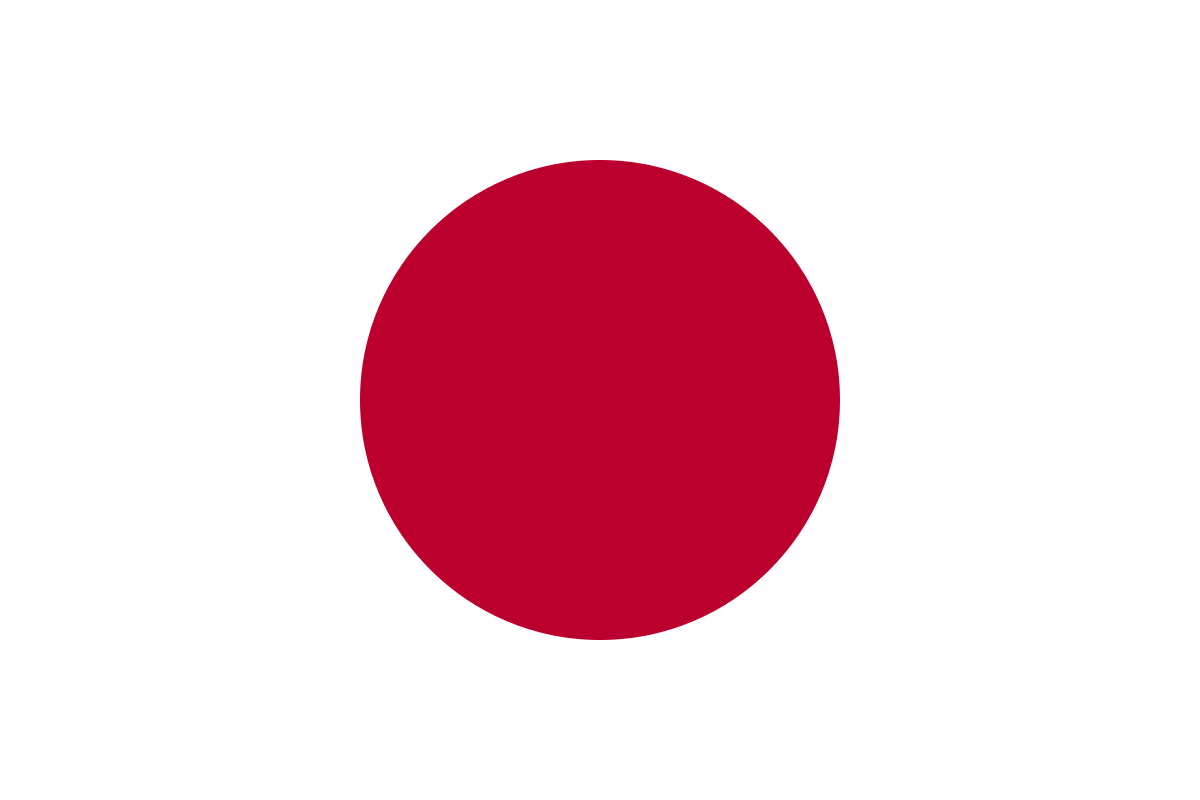

You must be logged in to post a comment.